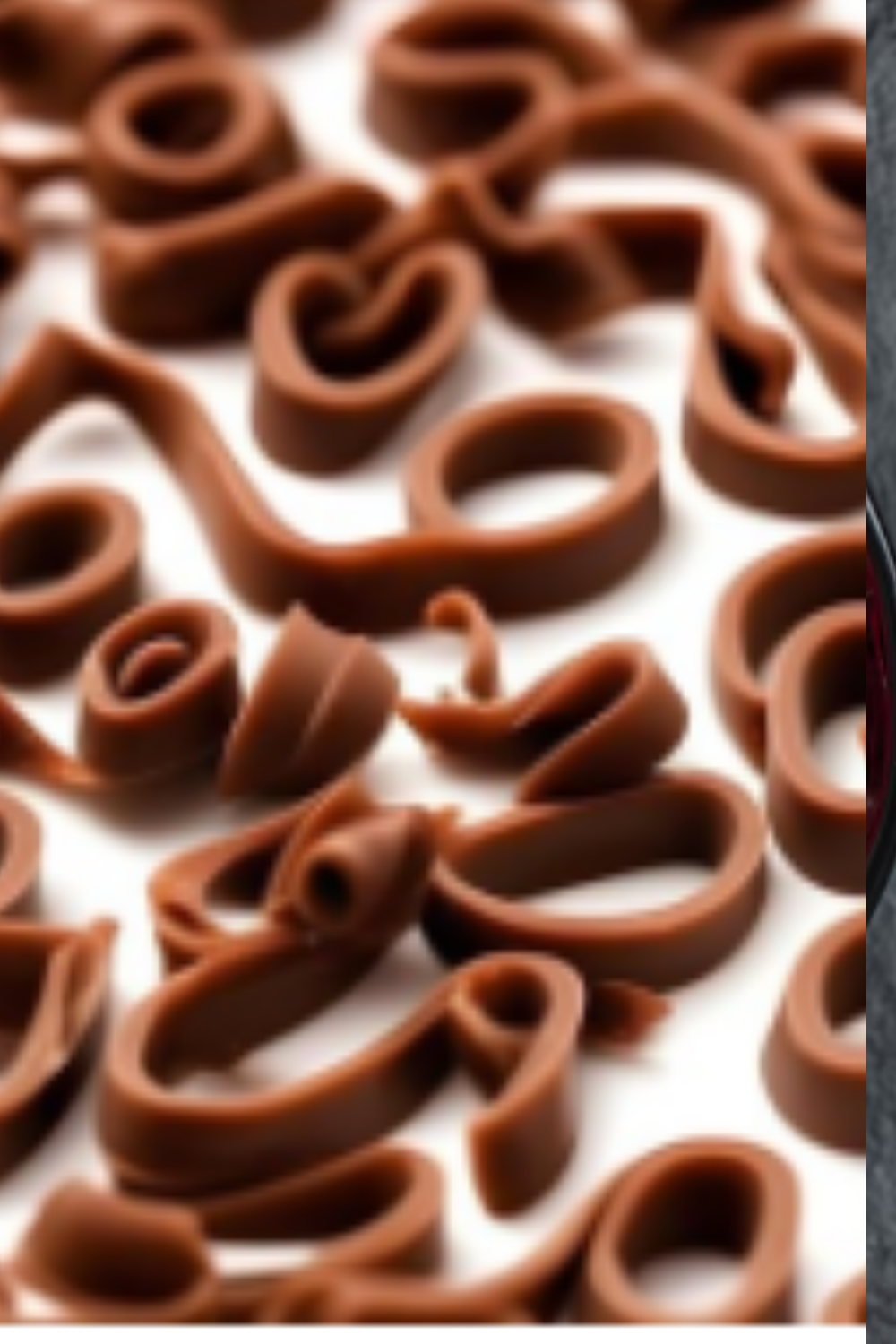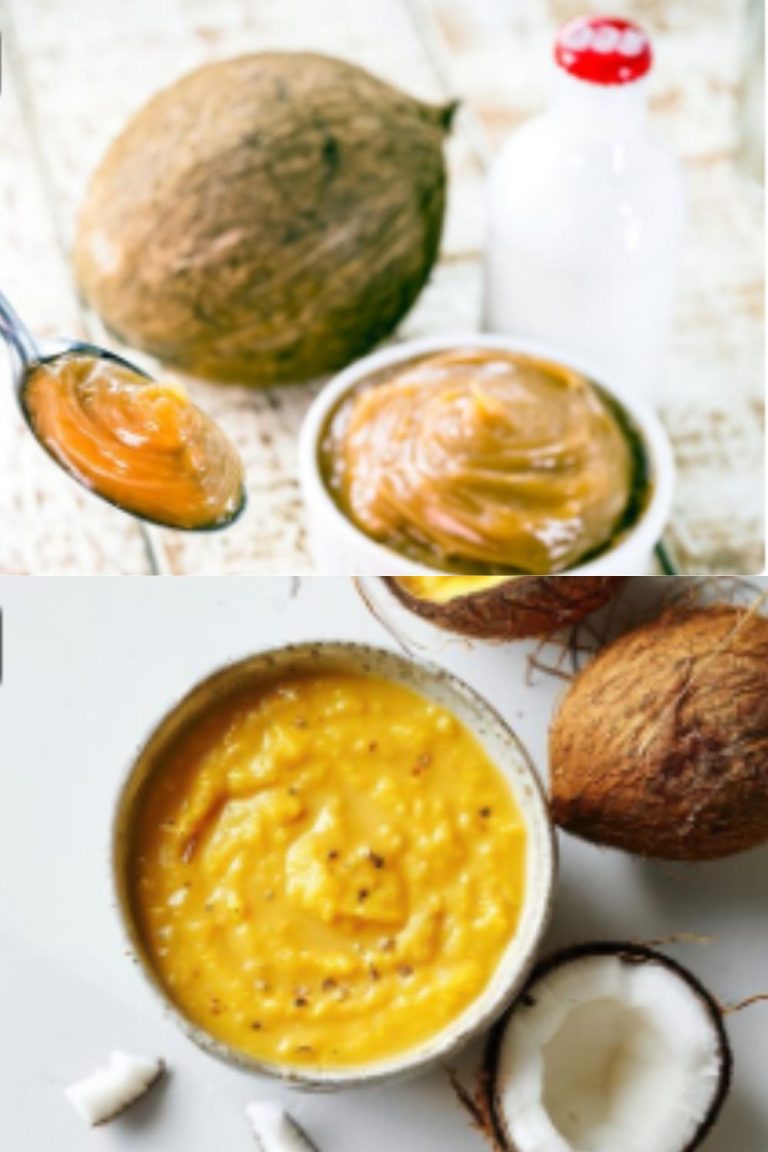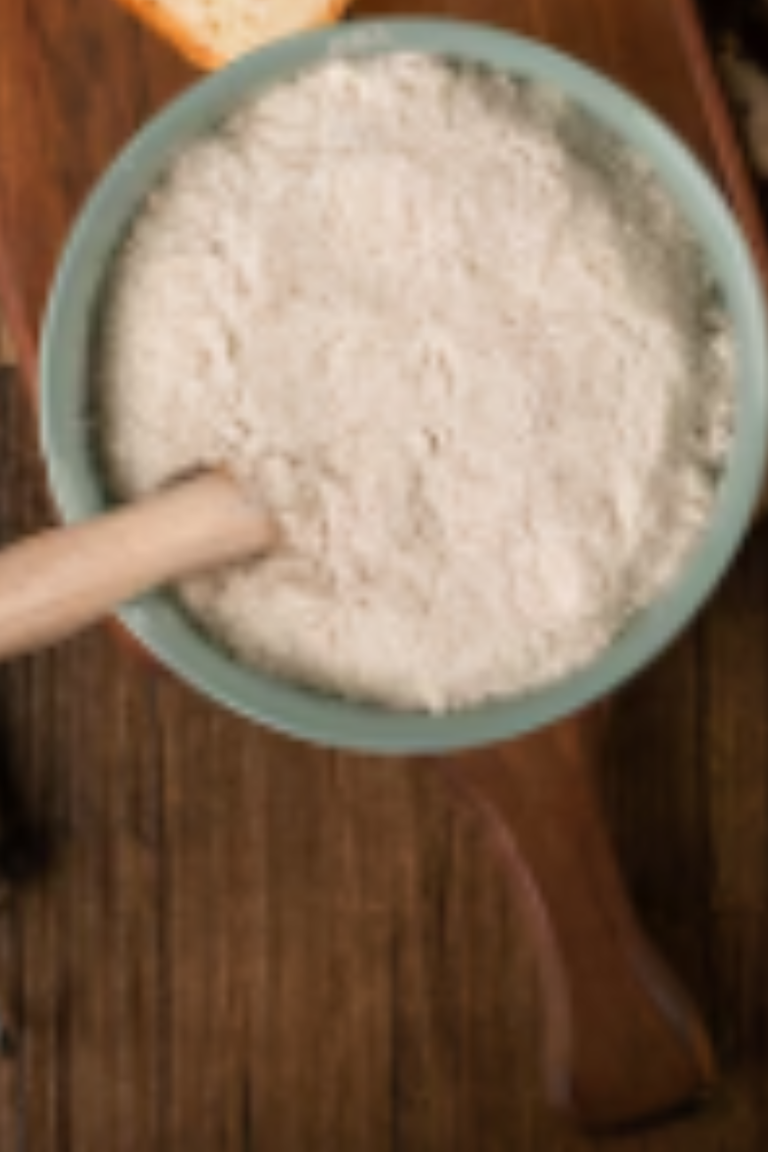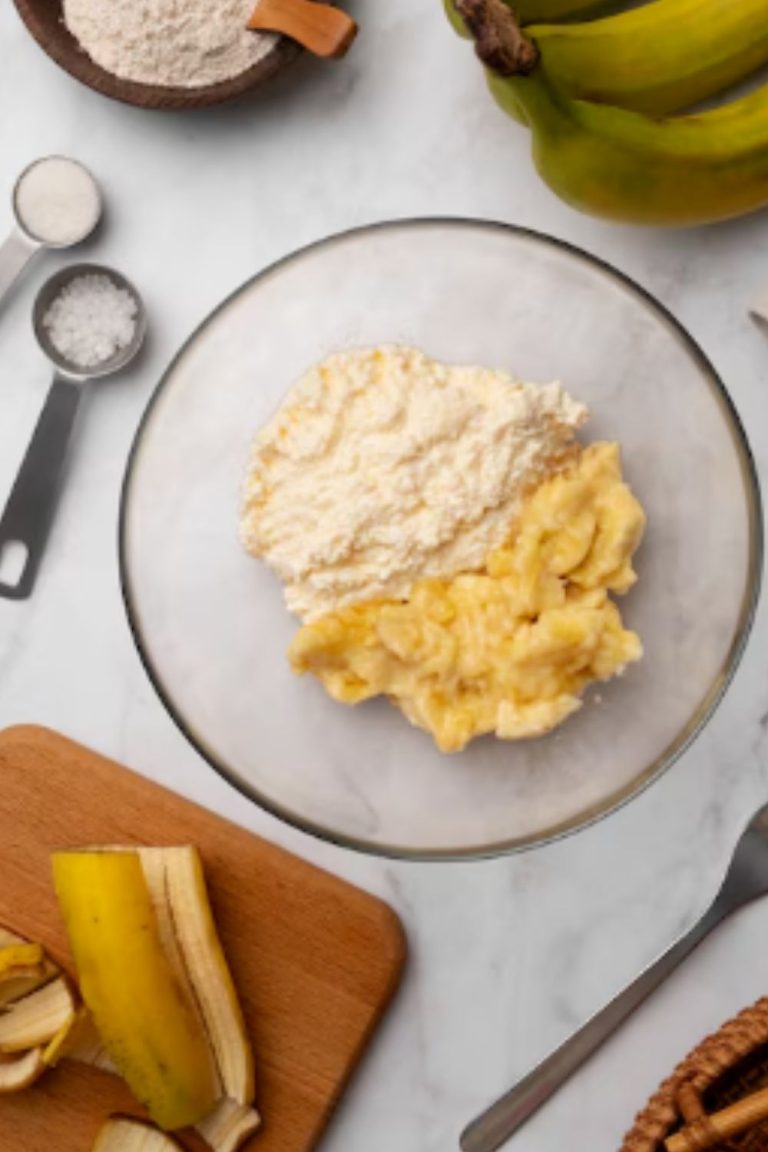CCS: Chocolate Curls role in cakes Explained
Table of Contents
ToggleWhat are Chocolate Curls and Their Role in Cakes
Chocolate curls are those delicate, ribbon-like shavings of chocolate that add a touch of elegance and decadence to desserts, especially cakes. They are crafted by carefully peeling or shaving a block of chocolate, creating thin, curved strips that vary in thickness and length. These curls not only enhance the visual appeal of cakes but also contribute to the overall flavor and texture. Check out the right chocolate Curls, cake tools, and ingredients that you need here.
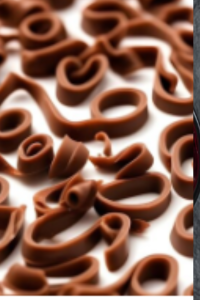
Enhancing Visual Appeal
When you adorn a cake with chocolate curls, you instantly elevate its appearance from ordinary to extraordinary. The curls cascade gracefully over the cake’s surface, creating a luxurious and inviting aesthetic. They can be arranged in artistic patterns or simply scattered for a more casual yet sophisticated look. Whether it’s a birthday cake, a wedding cake, or a special occasion dessert, chocolate curls make a striking impression that captivates anyone who lays eyes on it.
Adding Texture and Flavor
Beyond their visual allure, chocolate curls provide a delightful contrast in texture to the softness of cake layers and frosting. As you take a bite, the curls melt smoothly on your tongue, releasing bursts of rich chocolate flavor that complement the sweetness of the cake. This combination of textures creamy cake, velvety frosting, and delicate curls creates a sensory experience that indulges both the palate and the senses. Check out the right chocolate Curls, cake tools, and ingredients that you need here.
Practical Tips for Using Chocolate Curls
- Choosing the Right Chocolate: Opt for high-quality chocolate with a good cocoa content for better curling results.
- Temperature Control: Ensure the chocolate block is slightly chilled but not too cold when shaving to achieve clean curls.
- Tools for Curling: Use a vegetable peeler or a special chocolate curler tool designed for creating uniform curls.
- Storage: Store chocolate curls in a cool, dry place until ready to use to prevent them from melting or losing their shape.
Chocolate curls are more than just a decorative element; they are a testament to the artistry and craftsmanship that goes into creating memorable desserts. Whether you’re baking for a special occasion or simply indulging your sweet tooth, incorporating chocolate curls into your cakes adds a touch of sophistication and a burst of flavor that everyone will appreciate. Check out the right chocolate Curls, cake tools, and ingredients that you need here.
Comparing Different Techniques for Creating Chocolate Curls
When it comes to creating chocolate curls, there are several techniques you can explore, each offering its own unique advantages and results. Let’s drill deeper into a few popular methods:
Vegetable Peeler Method
The vegetable peeler method is perhaps the most accessible technique for creating chocolate curls at home. Here’s how it works:
- Preparation: Start with a block of chocolate that has been slightly chilled for easier handling.
- Peeling: Hold the chocolate block firmly in one hand and the vegetable peeler in the other. Gently press the peeler against the edge of the chocolate and pull towards you in smooth, consistent strokes.
- Adjusting Thickness: Depending on the angle and pressure applied, you can create curls of varying thicknesses. Experiment with different techniques to achieve the desired effect. Check out the right chocolate Curls, cake tools, and ingredients that you need here.
Curler Tool Method
For those seeking more precision and uniformity in their chocolate curls, a curler tool specifically designed for this purpose can be an excellent investment. Here’s how it differs from the vegetable peeler method:
- Ease of Use: Curler tools often come with adjustable settings for thickness and are ergonomically designed to ensure ease of use.
- Consistency: By using a curler tool, you can create consistently shaped curls that are ideal for decorating cakes and desserts with a professional finish.
- Controlled Environment: Some curler tools come with a cooling feature, maintaining the chocolate at the optimal temperature for curling without the risk of melting. Check out the right chocolate Curls, cake tools, and ingredients that you need here.
Hand Shaving Method
For those with a steady hand and a bit of patience, hand-shaving chocolate curls can provide a more artisanal touch. This method involves using a sharp knife to shave thin strips of chocolate directly from a block:
- Precision: Hand-shaving allows for greater control over the thickness and shape of each curl, making it ideal for intricate cake decorations.
- Artistic Freedom: Unlike other methods, hand-shaving allows you to create irregular or custom-shaped curls that add a personal touch to your creations.
- Skill Development: While it may require practice to master, hand-shaving can be a rewarding technique for those passionate about refining their dessert decorating skills.
tips for Choosing the Right Technique
The choice of technique ultimately depends on your skill level, the desired outcome, and the tools available to you. Whether you opt for the accessibility of a vegetable peeler, the precision of a curler tool, or the artistry of hand-shaving, mastering the art of chocolate curls opens up a world of creative possibilities in cake decorating.
Now that you’re equipped with the knowledge to create beautiful chocolate curls, why not embark on your next baking adventure and delight your friends and family with a stunning, chocolate-adorned masterpiece? Check out the right chocolate Curls, cake tools, and ingredients that you need here.
comparison tabular
Here’s a comparison table highlighting key aspects and considerations for creating chocolate curls using different techniques:
| Technique | Description | Advantages | Considerations |
|---|---|---|---|
| Vegetable Peeler | Using a standard kitchen tool to peel chocolate into curls | – Accessibility | – Requires steady hand for consistent curls |
| – No special equipment needed | – Thickness of curls may vary | ||
| – Easy to control thickness | – Chocolate block should be chilled | ||
| Curler Tool | Specialized tool designed for creating uniform chocolate curls | – Precision and uniformity | – Initial cost of purchasing tool |
| – Adjustable settings for curl thickness | – May require learning curve | ||
| – Ergonomic design | – Some models require chocolate cooling | ||
| Hand Shaving | Using a sharp knife to shave chocolate into curls | – Artisanal touch | – Requires skill and practice |
| – Allows for custom shapes | – Risk of uneven curls | ||
| – No special equipment needed | – Time-consuming process |
Key Considerations:
- Skill Level: Vegetable peelers are easiest for beginners, while hand-shaving requires more skill.
- Precision: Curler tools offer the most precise and uniform curls.
- Equipment: Curler tools require an initial investment, while vegetable peelers and hand-shaving require basic kitchen tools.
- Temperature: Chocolate should be slightly chilled for all methods to prevent melting.
- Outcome: Each technique offers unique visual and textural results, catering to different aesthetic preferences. Check out the right chocolate Curls, cake tools, and ingredients that you need here.
FAQs on Creating Chocolate Curls for Cakes
1. Can I use any type of chocolate to make curls?
Yes, you can use any type of chocolate, but it’s best to use high-quality chocolate with a good cocoa content for better flavor and easier curling.
2. How do I prevent chocolate curls from melting?
Ensure your chocolate block is slightly chilled before shaving or peeling. Work in a cool environment and handle the curls minimally to avoid heat transfer from your hands.
3. What if I don’t have a vegetable peeler or curler tool?
If you don’t have a vegetable peeler or curler tool, you can still create curls using a sharp knife to shave the chocolate. It requires more patience and practice but can yield beautiful results.
4. How far in advance can I make chocolate curls?
Chocolate curls can be made several days in advance if stored properly in a cool, dry place. However, it’s best to add them to your cake shortly before serving to maintain their appearance and texture.
5. Can I use chocolate curls on cupcakes or other desserts?
Absolutely! Chocolate curls can be used to decorate various desserts, including cupcakes, pies, and even ice cream sundaes, adding a touch of elegance and flavor. Check out the right chocolate Curls, cake tools, and ingredients that you need here.
Final Words
Mastering the art of creating chocolate curls can elevate your cake decorating skills and impress your friends and family with stunning desserts. Whether you choose the simplicity of a vegetable peeler, the precision of a curler tool, or the craftsmanship of hand-shaving, each technique offers its own charm and rewards. Experiment with different methods, embrace the learning process, and enjoy the creative journey of turning ordinary cakes into extraordinary creations with chocolate curls.

Hi!
I’m Mike, the creator of Forum Foodies. In my own personal experience, understanding ingredients is key to great cooking.
Forum Foodies offers guides on various ingredients, from staples to exotic finds. Join our community, share your experiences, and learn from fellow food lovers.
Have questions or suggestions? Email me at info@forumfoodies.com. Let’s embark on this delicious adventure together.
Happy cooking.
Mike/
Related Posts
- CCTF: Chocolate Cake Flour role in cakes Explained
In this topic, I'm going to talk about a crucial ingredient in baking: Chocolate Cake…
- DCB: Dark Chocolate Blend role in cakes Explained
In this topic, I'm going to talk about the importance of Dark Chocolate Blend (DCB)…
- HCF: Hazelnut Chocolate Frosting role in cakes Clarified
In this topic, I'm going to talk about Hazelnut Chocolate Frosting, sharing insights from my…
- DCP: Dark Chocolate Paste role in cakes Clarified
In this topic, I'm going to talk about Dark Chocolate Paste (DCP) and its role…
- CHF: Chocolate Hazelnut Filling role in cakes Clarified
In this topic, I'm going to talk about Chocolate Hazelnut Filling (CHF) in my own…
- CLC: Chocolate Liqueur role in cakes Clarified
In this topic, I'm going to talk about Chocolate Liqueur (CLC) and its transformative role…
- CHP: Chocolate Honey Peanut role in cakes Clarified
In this topic, I'm going to talk about one of my personal favorites: Chocolate Honey…
- CRS: Chocolate Raspberry Swirl role in cakes Clarified
In this topic, I'm going to talk about the delightful combination of Chocolate Raspberry Swirl…
- BCP: Barberry Chocolate Paste role in cakes Clarified
In this topic, I'm going to talk about BCP - Barberry Chocolate Paste, sharing insights…
- CCP: Chocolate Caramel Paste role in cakes Explained
In this topic, I'm going to talk about Chocolate Caramel Paste (CCP) in my own…
- CEF: Chocolate Espresso Frosting role in cakes Clarified
In this topic, I'm going to talk about CEF - Chocolate Espresso Frosting, drawing from…
- AM: Amaretto role in cakes Explained
In this topic, I'm going to talk about Amaretto and its role in cakes In…
- CFY: Cornflour role in cakes Explained
In this topic, I'm going to talk about Cornflour in cakes, based on my own…
- MOS: Molasses Syrup role in cakes Explained
In this topic, I'm going to talk about Molasses Syrup in my own personal experience,…
- HST: Hazelnut Syrup role in cakes Explained
In this article, I'm going to talk about Hazelnut Syrup and its role in cakes,…

